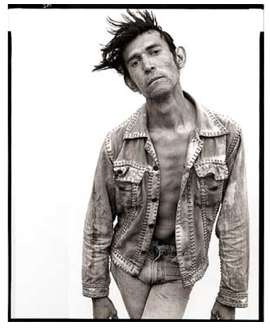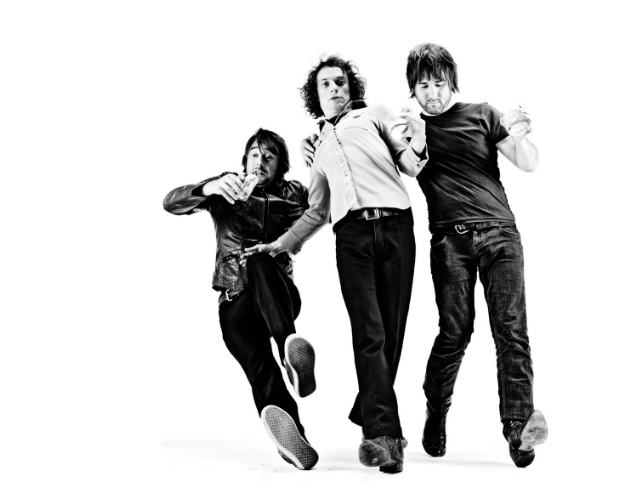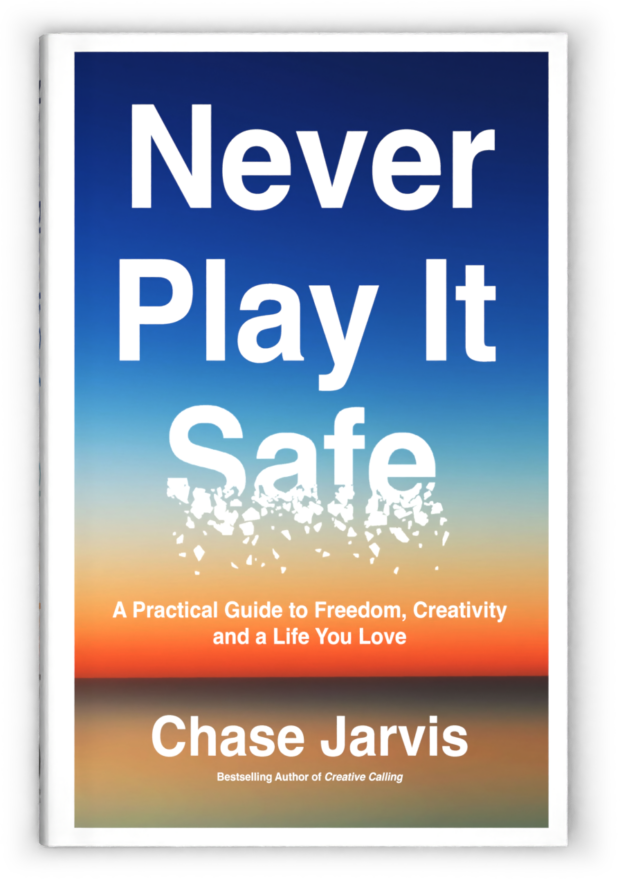When I was a less experienced artist, I thought that less gloss meant less talent. For, after all, it seemed to me to be commonly assumed in our culture that talent resided only in the gloss, the perfection, and the polish. If your art didn’t have polish it was only because you we’re able to apply it.
Now, I tend to feel just the opposite. Gloss, more often than not, acts as a substitute for soul, a clear vision, intent. It’s certainly more challenging to find the perfect vintage car to purchase than it is to select a shiny new sports car. It seems like gloss too often is the easy way out.
Photographically, for me, this translates away from traditional, more “perfect” images and toward the more real moments. It’s the off moments, or rather the “un-moments” that make stronger, more emotionally charged images. Those images feel more like my life—far more imperfect and far more relevant.
 There are a million images around us to prove my point. Think of the work of so many masters. Cartier-Bresson. Think of Warhol’s photos, of Avedon’s. Or more modernly, of Ryan McGinley’s or Chris Buck. Examples from my own work can be found in the Seattle 100: Portrait of a City book
There are a million images around us to prove my point. Think of the work of so many masters. Cartier-Bresson. Think of Warhol’s photos, of Avedon’s. Or more modernly, of Ryan McGinley’s or Chris Buck. Examples from my own work can be found in the Seattle 100: Portrait of a City book
. I shot 100,000 images for that book, and the ones the made the final 300-image book edit were almost always this “un-moment” of which I write. These un-moments–these instants just before and just after those photographic moments that have been so historically revered in our culture–seem so much more revealing, engaging, and meaningful. My growing experience tells me that this sliver of time that captures the spontaneous and the genuine and pierces through the façade of a conventionally “perfect” portraits does so in a way that more accurately reveals the truly human.
Certainly there are exceptions to my hypothesis abound – where polished images succeed – its simply my hope that we suspend our de facto acceptance of the new-and-polished and recognize that it’s more often something gritty that challenges us to find a deeper aesthetic, take a longer vision and seek more soulful connections. Put simply, “gritty” may require more emotional and metaphysical investment from us viewers, but it is far less deceitful than “glossy” and creates a far greater opportunity for culturally-relevant, creative success.
[this post is adapted from a piece on design that I origially wrote for Arcade Magazine]




















Chase, I’m a big fan, and I love a lot of your work, and love what you’re doing with Creative Live as well.
I disagree with you on this topic though. First of all, it’s ironic that a couple of the sample photos you include in your post are on perfect white backgrounds and obviously shot in studio. Which points to what I disagree with most on the piece. The “un-moment” is very important, and I agree it’s as if not more important to capture than the “manufactured” moment, but it’s best when it’s a “spontaneous” moment, not when it’s a “caught off guard” moment right before or after I spent a lot of time setting up a shot. That whole “shooting in a studio” is a “non spontaneous” setup anyway.
The same way that people used to idealize the “perfect”, “glossy” shot (and spend a lot of time setting them up), I think people are now doing it for “grungy” or “natural” shots, i.e. idealizing them and spending a lot of time setting them up. That can lead to beautiful results, just as the “clean” look can as well, but I just don’t think it should be mistaken for anything truly “spontaneous” or “un-moment”.
Cheers,
Dominique
Good aesthetics can make up for bad technique, but good technique can never make up for bad aesthetics.
Life is primarily made up of un-moments, finding the right one to capture – the “Decisive Un-Moment” – is the tricky part. I think it is easier to look for the glossy, or try to create it, than it is to wait for the gritty, or learn to anticipate and see them before they happen. As least that’s how it is in my photography. But now that you have pointed it out, Chase, the images I find myself returning to over and over (both mine and others) are decidedly un-moments.
grit works because you need friction to make something stick. a polished, surgically clean image is nice to look at for a moment, but it doesn’t offer anything to hold on to and get into the picture.it just drips off your mind, leaving no trace.
then of course, sometimes it’s just the opposite.
the art of photography is finding out why.
One of my favorite un-moment photos of all time is the innersleeve photo of the Rolling Stones’ album Sticky Fingers. Especially Mick Jagger yawning.
When I make a picture of people I always try to bring back that photo in my mind.